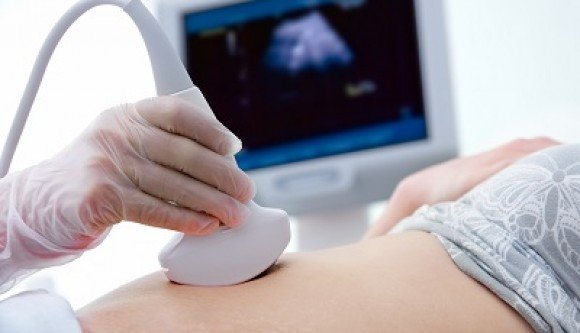Pregnancy
Pregnancy Monitoring
The aim of pregnancy follow-up is to protect the health of the mother during pregnancy and to ensure that the baby is born healthy. Pregnancy follow-up starts as soon as pregnancy is diagnosed. Approximately 2 weeks after the pregnancy is diagnosed with blood and urine tests, the gestational sac can be seen by ultrasound. During this period, it is checked whether the gestational sac is inside the uterus and the ectopic pregnancy status is checked. Approximately 1-2 weeks later, the baby's heartbeat can be detected by vaginal ultrasound. Blood and urine tests are then performed to determine the general condition of the mother. It is determined whether there is a risk for diabetes, thyroid disease and blood incompatibility.
How should the frequency of pregnancy follow-ups be?
If it is a single baby, follow-up every 2-3 weeks is appropriate for the first 3 months. Then monthly follow-up is continued. In cases of multiple pregnancy, maternal illness and recurrent miscarriage, follow-up is continued at frequent intervals. The determinant of the follow-up period here is the risks and health status of the pregnant woman. If the risk factors in the mother are that the mother is older or younger, too fat or too thin, hypertension, diabetes, anemia and uterine abnormalities, follow-ups are carried out differently and more frequently.
Weekly check-ups during pregnancy
- At 10-14 weeks, the nuchal thickness of the baby is checked by ultrasound. A dual screening test is performed. Thus, diseases such as Down Syndrome can be diagnosed early.
- At 16-18 weeks, a triple screening test is requested from the pregnant woman. The baby is evaluated by ultrasound. If the triple screening test is high, amniocentesis is performed to confirm the diagnosis. Amniocentesis is taking a sample of the fluid the baby is in with a needle. In an experienced hand, the risk of amniocentesis is low.
- At 20-24 weeks, since the baby's organ development is largely complete, detailed ultrasonography is requested. In this ultrasound performed by a radiologist, attention is paid to all abnormalities in the baby.
- At 24-28 weeks, a sugar loading test is performed to detect gestational diabetes. Gestational diabetes is called "gestational diabetes". It poses a risk for the baby. Pregnant women who have an abnormal sugar loading test are given an appropriate diet.
- Pregnant women with blood incompatibility are given a blood incompatibility injection at 28 weeks.
- Ultrasound follow-up of the baby continues between 28-36 weeks. The mother is checked for urinary tract infection. The mother's weight and blood pressure are monitored.
- After 36 weeks, the obstetrician determines the type of delivery. If there is an obstacle to normal delivery, a caesarean section is planned. The NST test is performed to assess the condition of the baby. After 36 weeks, NST tests are performed once a week and after 40 weeks, they are performed every 2-3 days. In the last weeks, the amount of baby's water (amniotic fluid) is measured by ultrasound.
- After the 40th week, the pregnant woman is seen every 2-3 days. If labor does not start, the pregnant woman is hospitalized and given medication to induce labor.


